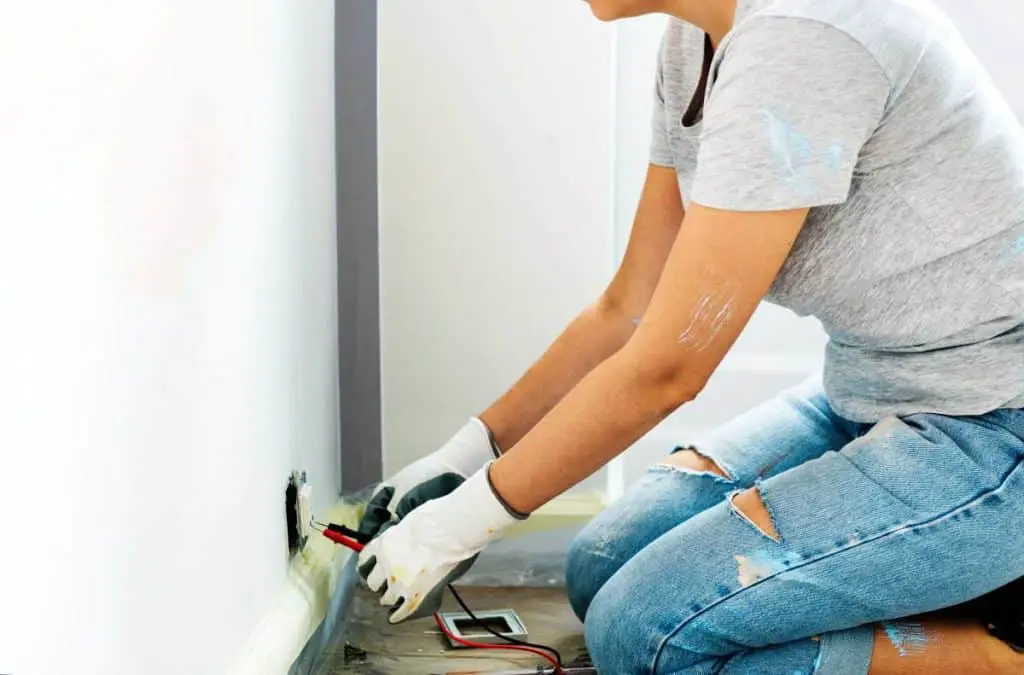
You cannot just play with electrical installation. It requires serious work and paying attention to the signals you see after the installation is done. Be it a short circuit, a shock that you suddenly get from your refrigerator, or electrical grounding that is not properly done – you need to call a professional to investigate and fix the problem.
A short circuit once the work is finished?
Most common cause:
A short circuit is a sign of improvisation during the electrical work! Insulation is not done well, bare wire is left hanging and – to make matters worse – this happened somewhere inside the wall. You neither bothered to guide nor check the electrician’s work.
It can also be:
If the problem is outside the wall, you have probably used many extensions and splitters. This exposed everyone, using the equipment, to the risk of short-circuiting. It can also lead to burning appliances and starting a fire.
How can you avoid it?
The most certain way to go about it is to hire an experienced electrician who will do the installation right.
Read also: Why hiring an architect makes sense for a project? – in this article. And, How to decrease the construction impact on the environment? – in this article.
Relying on the professional engineer is important to follow the work of the electrician and agree not to splice the electrical cables. If you really need to splice the cables, this part needs to be visible in a small box on the wall.
And you need to think in advance, how many outlets you would need to install in order to avoid having to plug many appliances into one outlet.
Your refrigerator gave you an electric shock, what to do?
Like other electrical appliances, a refrigerator can accumulate static electricity on its surface and can shock if someone touches its metal part.
Most common cause:
The electrical installation of your house does not have the ground wire, at least in the part of the wiring that reaches the refrigerator. Like other electrical appliances, the refrigerator can accumulate static electricity on its surface and can shock if someone touches its metal part. If it had a ground wire, this static electricity would have been removed by this grounding. This rule is right for a refrigerator and for any other appliance.
It can also be:
The cable that connects the refrigerator to the socket is broken or bare. Then the wire comes into contact with a metallic part of the refrigerator and shocks the person who touches this surface. Even worse, if there are other wires in the same socket connected by a splitter or an extension cord.
How can you avoid it?
You need to check for a green and yellow wire (or one of these two colors) in the electrical installation. Green and yellow are the recommended colors for the ground wire. This is done for easy identification. If you have the well-installed ground wire, just replace the outlet with a three-pin grounding plug.
Check that the refrigerator cord is intact and not bare or broken. Do not plug many appliances into the same outlet. This should not be done. Electricity is not a game!
What is electrical grounding for?
An electrical grounding system is used to remove extra “electricity” from metal surfaces of appliances or to divert the electrical current in case of an overload, preventing the equipment from pitting and you or someone in your home at risk of an electric shock.
All well-designed and installed electrical wiring must have a grounding system in place. Many people either do not know or don’t care about this, as the appliances work without the electrical grounding.
But, in addition to protecting from the electrical shock, electrical grounding protects the appliances from power fluctuations and diverts currents to the earth if there is a defect in the installation. In addition, it also minimizes damage to equipment in the event of short-circuits.
Green or yellow grounding wire is a safety measure that needs to be part of any electrical installation project. It connects an appliance you install in your house or apartment to the grounding wire, which is then connected to the earth, literally.
If your electrical installation has a grounding wire and if for some reason there is a current leakage in an appliance (a bare wire or short circuit, for example) and you touch that live part of the wire, instead of the electrical current passing through you and giving you a big shock, it goes to ground. If this is not the case (there is no grounding wire, for example), an electrical shock you are going to take on your own body can be very severe.
Five electrical improvisations that will cause a fire!
Creative tricks with electrical wiring can be impressive. Here are five examples of what can never be done with electricity when renovating or building your home.
Top 5 – Even Steve Jobs did not think of this method
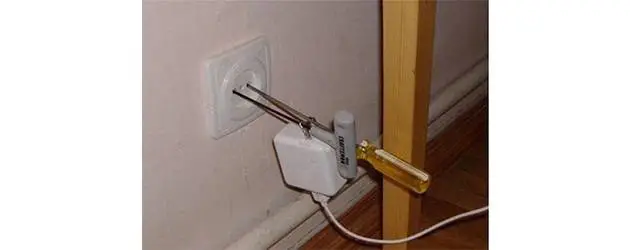
Top 4 – Open the door to another world
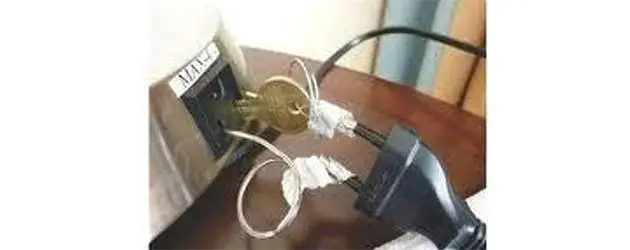
Top 3 – Electrifying bath
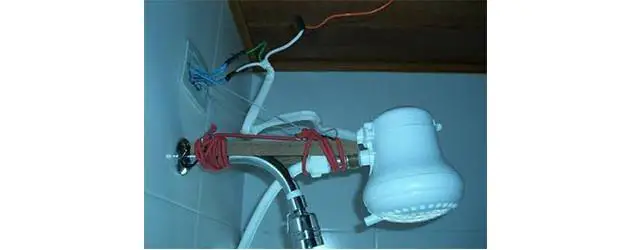
Top 2 – Record of use of the same power outlet

Top 1 – A well-done coffee
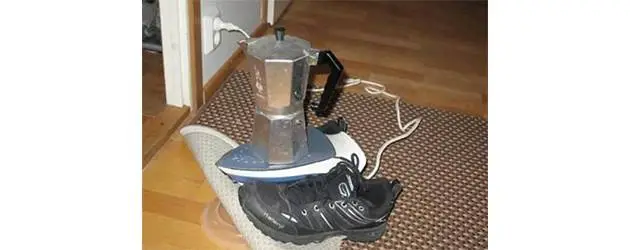
Learn how to avoid improvisations and have a safe electrical installation. Visit the electricity guide (to be linked shortly) for detailed tips and troubleshooting.


